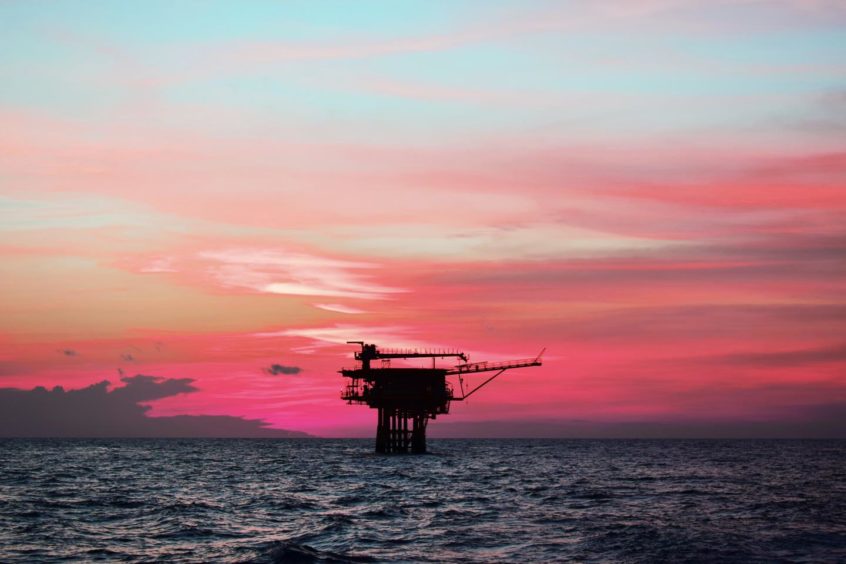
More merger and acquisition (M&A) opportunities are expected to hit the market in Asia Pacific, as international oil companies (IOCs) continue to rationalise their portfolios, and ESG concerns trigger further divestments. This will help to unlock the deal flow in APAC, but potential acquirers could struggle to secure necessary finance without a strong ESG narrative.
Significantly, smaller regional exploration and production players remain the logical buyers, but securing finance for new oil and gas M&A deals could be challenging, given rising unease around environmental, social and governance (ESG) issues, in Asia and Australasia, delegates heard at the Asia Pacific Energy Capital Assembly organised by the Energy Council in Singapore on 7-8 June.
More asset sales should be on the way once mega-mergers – such as the recent combination of Woodside (ASX:WDS) and BHP Petroleum – settle down. Assets within the merged company that are no longer core investments are expected to be put up for sale.
Moreover, concerns around ESG will also play a role in unlocking deal flows in Asia Pacific as some companies start divesting assets with high carbon footprints. Although ESG is a new factor driving divestments in Asia, the trend is already prevalent in the heartland of European oil and gas – the North Sea.
Of course, companies repairing their balance sheets and seeking to cut debt levels, is also encouraging divestment decisions.
However, the deal flow in Australia has been hampered by the uncertainties around decommissioning liabilities. As in other parts of the world, this uncertainty presents a stumbling block for M&A deals, but it poses a new and significant challenge in Australia.
Meanwhile, regulatory requirements in Asia, which can see lengthy transaction times, typically taking 12-18 months, continues to create uncertainty over value, especially as global oil benchmarks remain volatile. More certainty around upstream contract extensions and renewals would also help buyers value assets better, said industry executives.
And buyers noted that sellers, as well as regulators, do not tend to account for the emissions liabilities of assets up for sale. Most buyers will be responsible for cutting the carbon dioxide (CO2) emissions of any acquisitions, but vendors rarely take this into consideration when valuing a transaction.
Indeed, ESG remains a real challenge impeding deal flows, as buyers will inevitably be forced to reduce emissions from potential acquisitions. If sellers do not take this into consideration, the economics become less attractive. It also becomes harder for new operators to implement an ESG strategy that would satisfy lenders.
Overall, uncertainties around finance, ESG, and decommissioning, need to be resolved to help boost M&A deals.
Challenges Raising Finance
While more assets may be coming to market, the natural acquirers – smaller independent exploration and production companies – are facing significant challenges raising finance for M&A deals, as decarbonisation trends gain traction within the region.
Without a strong ESG and decarbonisation story it is increasingly hard to secure finance for M&A transactions. But the smaller upstream players, that are critical to rejuvenating oil and gas production in Southeast Asia, understand a carbon tax will eventually be implemented in Asia, and that it is necessary to develop a solid ESG strategy.
Countries in Southeast Asia, such as Thailand, Malaysia, Indonesia, and Vietnam, desperately need to boost domestic production of hydrocarbons. Smaller, more nimble and specialist operators, are needed to prolong the life of older assets and invest in brownfield developments. But delegates at the APAC Capital Assembly heard that there needs to be more tolerance from regulators and the finance community around requirements for “big shiny” documents produced by consultancies that significantly increase the cost of doing business for these smaller companies.
Indeed, a sense of pragmatism is required from all stakeholders if these smaller upstream players are to be expected to squeeze the last drops of oil and gas out of the region.
Notably, the governments of Indonesia and Malaysia, are increasingly changing their commercial structures to attract smaller companies.
Recommended for you

